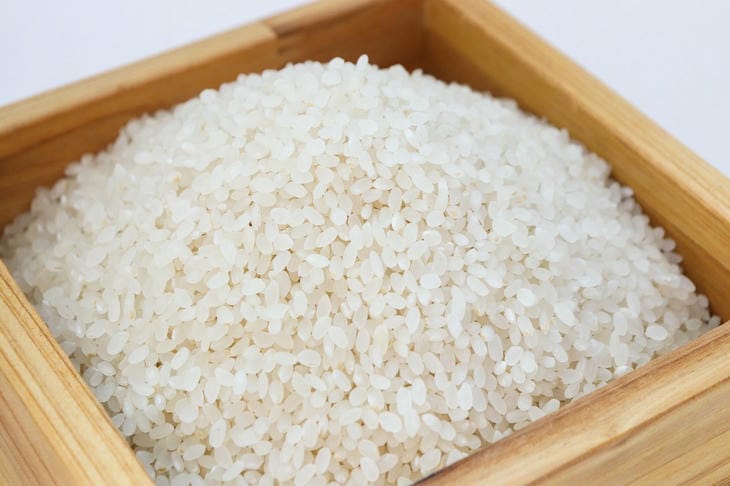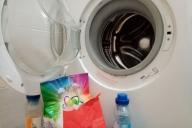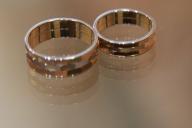It is not for nothing that salt is called the “white death”.
When deposited in the body, it leads to swelling, problems with bones and cartilage, and affects the exchange of all fluids in the body.
The salt-free rice diet is designed to facilitate the removal of excess salts from the body and to carry out a general cleansing of the internal organs, because rice perfectly absorbs all waste and toxins.

Basic rules of a salt-free rice diet:
- drink 3 liters of drinking water per day;
- cook rice in a special way;
- as snacks, choose green apples, dried apricots and prunes, pre-soaked in water, with caution nuts and various nut-fruit mixtures;
- do sports at least 3 times a day;
- the use of salt and other seasonings is strictly prohibited;
- consumption of starchy vegetables is prohibited;
- to improve results, use unpolished, brown rice;
- do not eat instant rice porridge;
- give up fast food and any fried, salty, smoked food.
Rice Cooking Recipe
A glass of rice must be filled with two parts of warm boiled water, wrapped up and left overnight.
In the morning, eat half of the cooked rice, strain the water and drink it throughout the day. Lunch and dinner - the rest of the rice porridge.
This rice diet should be followed for a month.
In addition to rice, you are allowed to eat lean foods: lean meat and fish, low-fat dairy products, cottage cheese, and you can eat crackers and crisps as carbohydrates.
After a month of restrictions, you can lose from 4 to 8 kilograms, which will not return with the transition to proper nutrition and the gradual lifting of dietary restrictions.








